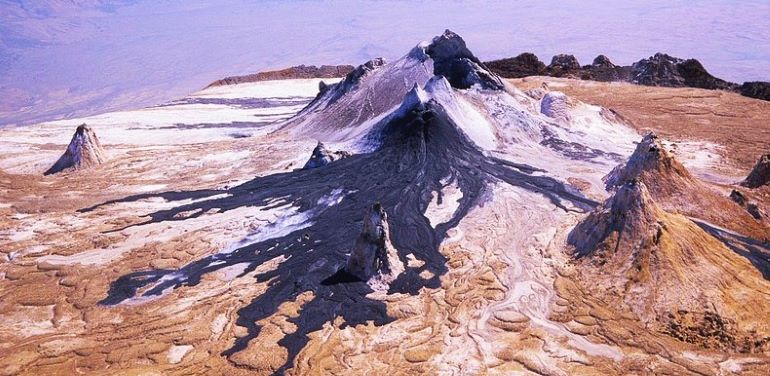As Tanzania mulls turning to geothermal in addressing electricity problems, experts have started laying down grounds to harness its active volcano at ‘Oldoinyo L’engai,’ near Lake Natron, in Arusha.
The General Manager of Tanzania Geothermal Development Company Limited, Mathew Mwangomba reveals the country has so far identified 52 sites in 16 regions that have ample potential to generate geothermal power.
“After years of surveys, initial development stages for the proposed Oldoinyo L’engai Geothermal project, should be heating up from March 2024,” stated the TGDC Manager.
Towering at nearly 2,900 meters Oldoinyo Lengai located in Ngorongoro District, is the country’s fourth highest peak after Kilimanjaro, Meru, Loolmalasin, but remains the only active Volcano in East Africa.
The name translates into ‘The Mountain of God,’ due to its spectacular, albeit scary, volcanic actions and now the its molten rocks are about to fire up auxiliary power for Tanzania’s national grid.

At least this was among the issues that came up during the Fifth Tanzania Energy Cooperation Summit (TECS), taking place in Arusha for two days.
TGDC, which is a subsidiary of Tanzania Electric Supply Company, is also developing the Ngozi geothermal power plant in Mbeya region, with a planned power generation capacity of 70 megawatts upon completion.
Apparently, the Tanzania Electricity Supply Company Limited wants to invest in geothermal energy in its envisaged plans to tap auxiliary electricity power from the ground to boost the juice in the national grid.
“Geothermal energy is more sustainable and extremely affordable,” Mwangomba maintained.
According to experts here, the emission intensity of any existing geothermal electric tapping plant averages at 122 kilograms Carbon Dioxide per Mega-watt hour of electricity which is equivalent of just one-eighth of a conventional coal-fired plant.
TECS
The expert explained there are 16 regions that have been found to have ample Geothermal potential and once the project sails Tanzania will be able to produce some estimated at 5,000 megawatts electric (MWe), from the ground with initial plans intending to start with 200 MWe by 2025.
Tanzania with over 15,000 megawatts buried underground and yet to be tapped, accounts for nearly 10 percent of the total geothermal potential found across the African Continent.
“Turning to Geothermal is among the initiatives being considered by TANESCO to ensure that electricity is available throughout all seasons and around the year,” explained the Managing Director of Tanzania Electric Supply Company Engineer Mr Gissima Nyamo-Hanga.
Engineer Nyamo-Hanga added that the company was also considering to start tapping wind and solar power as well as churn electricity from coal and nuclear plants in future.
Kenya, the country’s Northern neighbour, already yields over 1000 megawatts of electricity from the country’s geothermal power plants. The Olkaria IV Power Plant is one of the world’s largest single turbine geothermal power plants, churning out 140-MegaWatts.
The Fifth Tanzania Energy Cooperation Summit (TECS) is an international event held in Arusha from the 31st of January and climaxed on 1st of February 2024.
The summit brought together key stakeholders from the public and private sectors, fostering solution-driven dialogues and progress on energy projects across the region.
With ongoing investments in infrastructure and a commitment to renewable energy sources, Tanzania is well on its way to becoming a pivotal player in fostering sustainable energy cooperation and development across East Africa, solidifying its role in the regional energy landscape.
Bringing together key stakeholders from the Government, regional public utilities, DFIs, IPPs, financiers, and solution providers, the 5th Tanzania Energy Cooperation Summit in Arusha presents an invaluable opportunity for a two-day immersion into proactive and solution-oriented discussions.
The summit explored a broad range of topics, including successful examples of PPPs in both generation and transmission, the role of DFIs in enhancing credit to accelerate projects, Tanzania’s ambitious plans to become a critical regional player through transmission and interconnection projects, as well as exploring the factors needed for Tanzania to reach its total renewable energy potential.




Comments are closed, but trackbacks and pingbacks are open.